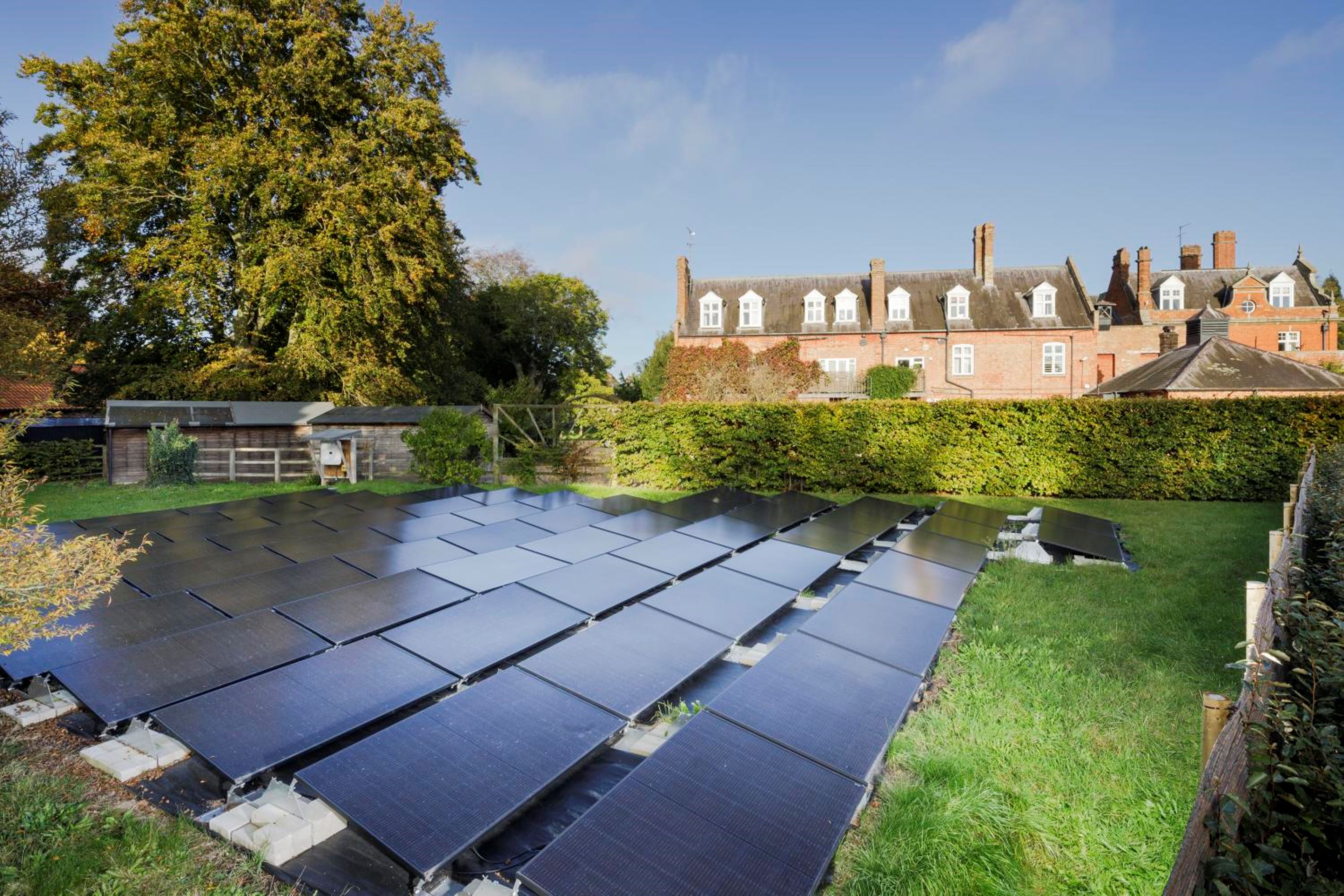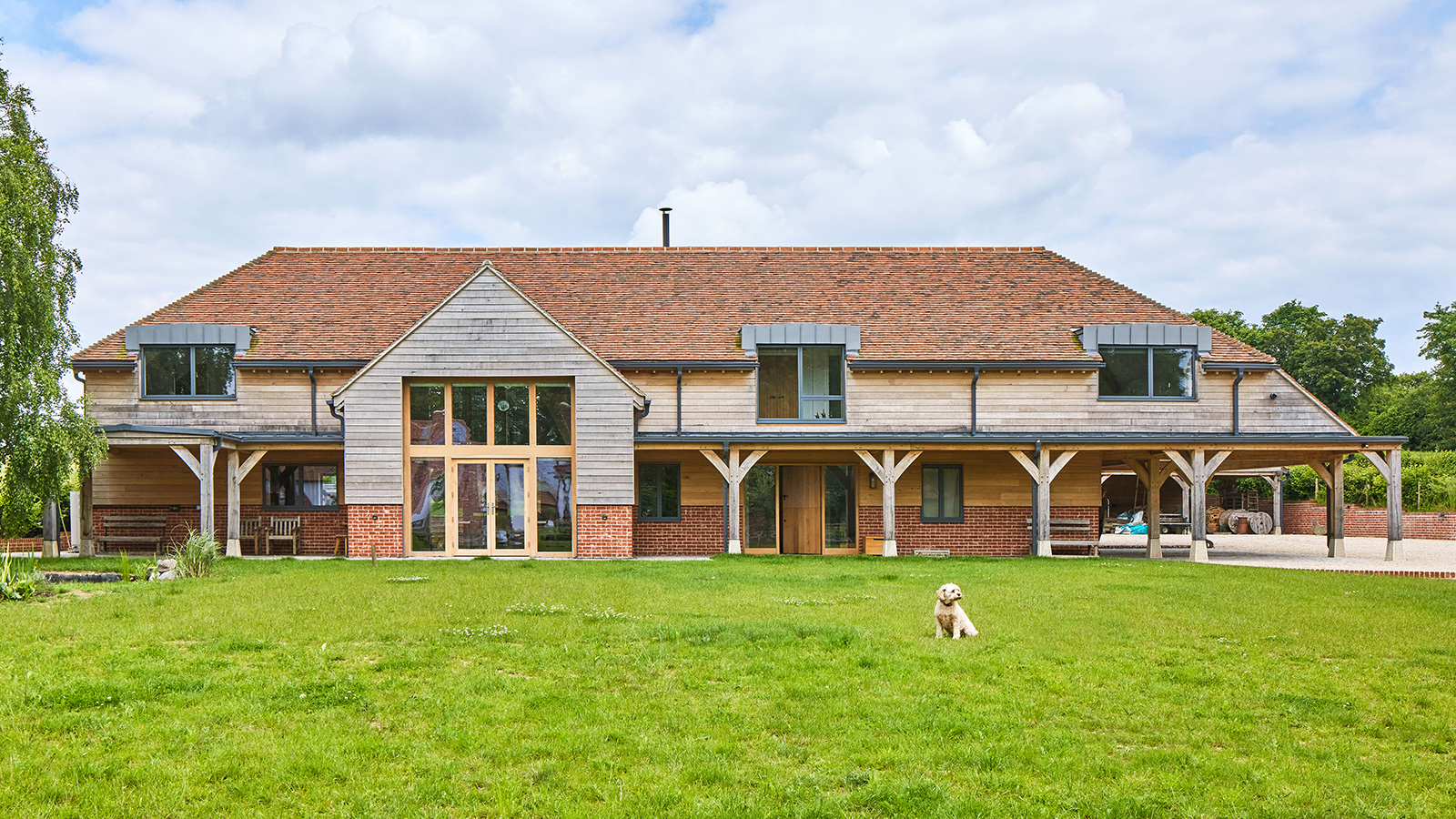Historic homes to get costly EPC reprieve, but will yours make the cut?
Over 12 million homes are predicted to need an EPC upgrade by 2050, although listed buildings are set to be made exempt

Owners of historic homes could soon get a reprieve from expensive energy efficiency upgrades, as Labour considers exemptions for listed properties.
Under the Government’s push for net zero, all homes must achieve a C-rated Energy Performance Certificate (EPC) by 2030, a costly challenge for many homeowners.
But now, amid growing concerns about the complexity and expense of upgrading historic buildings, Labour is exploring the possibility of easing the burden for those living in the UK’s most iconic homes.
Labour set to exempt listed homes from EPC rules

Energy Secretary Ed Miliband has come under pressure to soften EPC demands for listed buildings and heritage properties, which are notoriously hard, and costly, to retrofit.
The Department for Energy Security and Net Zero confirmed that exemptions are on the table for buildings where green upgrades would “unacceptably alter” the structure’s historic character.
Landlords of such homes have argued that installing heat pumps, solar panels, or external insulation could not only be financially ruinous, but also violate strict planning and preservation laws.
A peer in the House of Lords warned that the cost burden could make investing in older rental properties “no longer viable.” In some regions, average upgrade costs top £30,000, according to government data.
Get the Homebuilding & Renovating Newsletter
Bring your dream home to life with expert advice, how to guides and design inspiration. Sign up for our newsletter and get two free tickets to a Homebuilding & Renovating Show near you.
For everyone else, the countdown to compliance is on
While heritage homeowners may get some breathing room, millions of properties across the UK are nowhere near ready for the 2030 EPC deadline, which could see homeowners face a fine of £5,000.
According to new research from Eurocell, more than 12.7 million homes in England alone are rated at EPC D or below - meaning a massive national retrofit effort is needed. That’s the equivalent of one home every minute needing upgrades between now and 2050.
The worst-offending areas include Birmingham, Leeds, and Cornwall, where the housing stock is older and less efficient. In order to meet the new EPC standards by 2030 homeowners will need to:
- Install triple glazing
- Replace gas boilers with low-carbon heat pumps
- Add insulation and solar panels
- Upgrade lighting and appliances
What this means for you
If your home isn’t listed – and more than 90% aren't – then you’re likely on the hook to improve your EPC score in the coming years.
Failing to meet the target could mean difficulty selling, renting, or mortgaging your property in future. And while there may be grants or incentives to ease the burden, details remain thin.
Homeowners are being urged to check their EPC rating now and explore affordable upgrade options before the clock runs out. Because when the deadline hits, the cost of being left behind could be even higher.

News Editor Joseph has previously written for Today’s Media and Chambers & Partners, focusing on news for conveyancers and industry professionals. Joseph has just started his own self build project, building his own home on his family’s farm with planning permission for a timber frame, three-bedroom house in a one-acre field. The foundation work has already begun and he hopes to have the home built in the next year. Prior to this he renovated his family's home as well as doing several DIY projects, including installing a shower, building sheds, and livestock fences and shelters for the farm’s animals. Outside of homebuilding, Joseph loves rugby and has written for Rugby World, the world’s largest rugby magazine.
